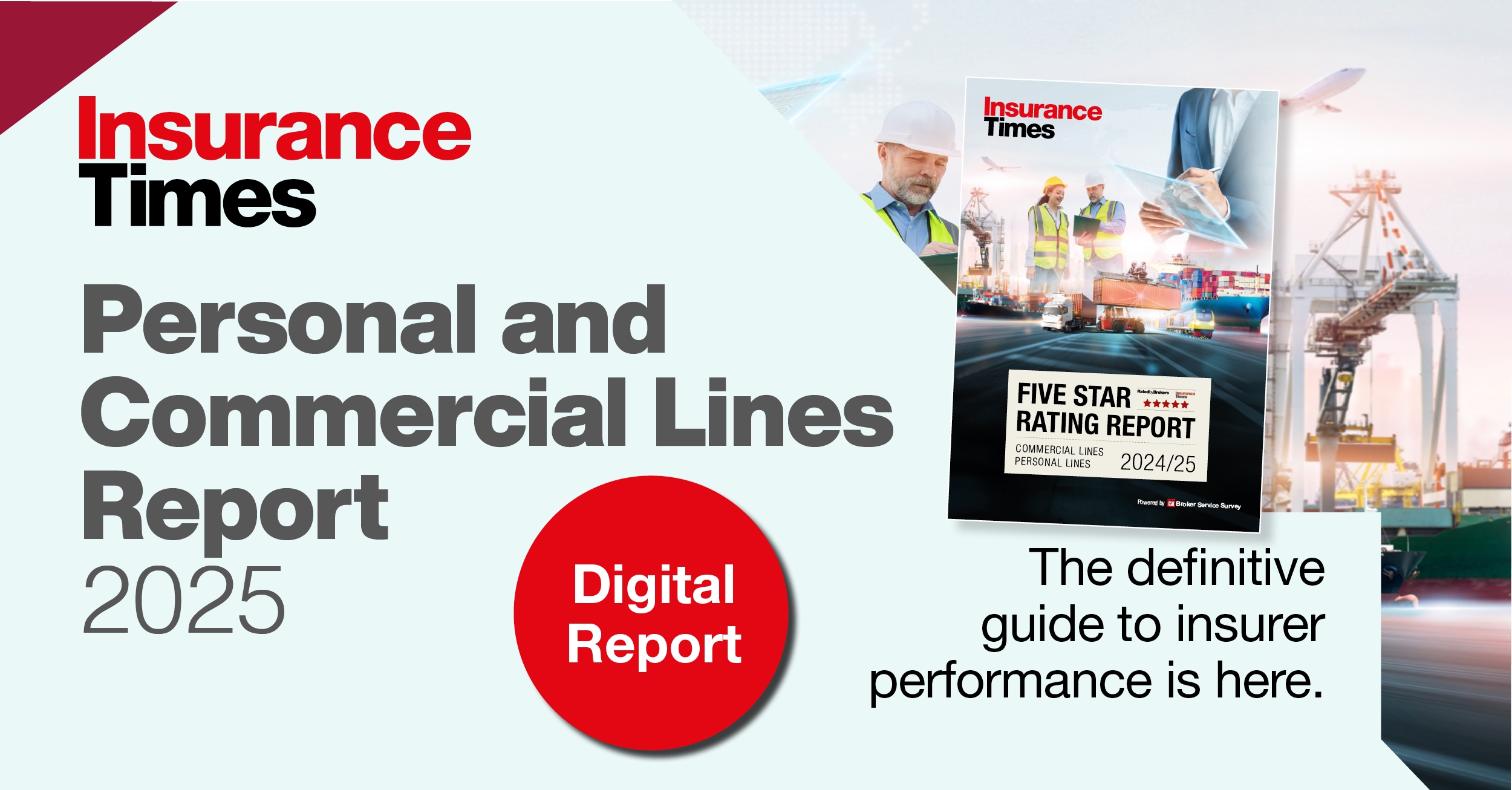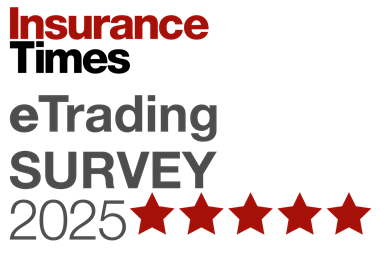Simon Bloomfield, head of Imarket at Polaris, shares his key takeaways from Insurance Times’ 2024 eTrading report

1. The speed, quality and price equation is changing
It has long been the case in distribution that there is a trade off between speed, quality and price. It is realistic for insurers to aim to achieve two of these criteria, not so much all three.
For instance, if insurers want to provide a great service and product, then price is unlikely to be the cheapest. Meanwhile, a great price might come at the expense of service and product depth.
What I see in Insurance Times’ Five Star Rating Report: eTrading 2024, which was published in May 2024, is that insurers are doubling down on service, reducing referrals and responding quicker.
That’s a great outcome for both the broker and their customers.
What is particularly fascinating this year is how insurers’ focus on service is playing out with referrals, where speed of response has historically been a concern for brokers, according to past iterations of this research report. But, it looks like the gap between broker expectations and service delivery reality is closing.
In the graphs below, the blue and orange lines indicating broker service expectation and actual delivery track closely for simple referrals. For complex referrals, the market appears to be exceeding brokers’ expectations.

This trend can be read in two ways.
Either insurers have upped their game and are now meeting or exceeding brokers’ expectations, or – less charitably – brokers have become conditioned to historic service levels and have reduced their expectations.
I would tend to take the more positive view, backed by what we are seeing for the six insurers that we support with live chat on commercial broker systems and extranets, where chat volumes are up 25% on last year – reaching 25,000 chats every month.
Does this mean we can expect insurers to rest on their laurels and dial down their focus on service? I’m guessing not, especially as investment in service levels will mean that other areas are impacted – such as price.

We’ve seen that prices have risen in the last year on different product lines.
In Imarket, for instance, the average property owners’ policy has risen by 20%, while shop and office policies have seen smaller price rises of 11% and 14% respectively.
This could be attributed to a greater focus from insurers’ on tackling underinsurance in the market, but I’d bet that as well as claims inflation, there’s an enhanced expense base costed in.
It is critical is that we don’t see an emergence of stripped down products, where quality is compromised to balance out service and price.
In particular, we don’t want to see typical SME cover reduced or removed, especially if the broker wasn’t clear about the cost-value trade off, and where the customer only realises they have a narrower product at the point of claim.
Obviously, a broker that is servicing customers effectively would have that discussion with clients and point out cover differences alongside any price differentials. But, for cash-strapped small businesses, the temptation will always be to take a reduced cover option to save on their premium.
It becomes important in this environment for brokers to have very clear records of those discussions, so everyone can be on the same page.
2. Broker software houses (SWHs) have the edge over insurer extranets
It is always worth paying attention to what brokers say about their use of extranets and SWHs.
Imarket can be used to support insurer extranets, but it is typically used by insurers to get their products into SWHs, so it’s good to understand what is reinforcing or blocking those choices.

The numbers for 2024 haven’t changed dramatically since 2022, but there are a few areas where the variation is more than 2% up or down.
Ease of use is still the most cited reason for brokers using extranets, but this metric has reduced from 52% to 46% in two years. It is unlikely that extranets have gotten harder to use, but it could well be that broker expectations in this area have risen.
The biggest change around extranets is the broker belief that they will get a better price on extranets versus SWHs. This sentiment rose from 23% in 2022 to 28% in 2024. I suspect this is more perception that reality, as to my knowledge insurers typically use the same rating engine to service both channels, with price differentials mostly down to modified question sets being used on their own extranet versus standardised questions used on broker systems that service multiple insurers.
On SWHs, it’s good to see that the ability to easily compare products has risen 3% from 64% to 67% over the last two years.
This perhaps reflects the additional products that have become available on broker systems from different insurers, including a number of Imarket insurers, over that period. Only needing to key in risk data once has also risen as a reason for SWH use, from 54% to 57% over this two-year period.
The one metric that has taken a dramatic leap during the last two years is the process for staff training, which has risen from 26% to 35%. Given the increased regulatory focus necessitating a more rigorous training regime for brokers, it is easy to understand why this is seen as an increased benefit of SWHs and is likely to be an area where we will continue to see rises in future years.
3. Combined liability, commercial combined and fleet among most requested products
This is another survey area to pay close attention to because it potentially flags places where a question set may need to be created or updated to support insurers and MGAs to deploy into broker systems.
The graph below shows the products from the survey’s verbatim comments where at least 10 respondents requested this.

The top four products all featured in last year’s report too, albeit in a different order – with commercial combined, property owners, fleet and mini fleet and professional indemnity being the most requested products in 2023.
There is a cost for an insurer or MGA to deploy a product digitally, therefore they must have some confidence that brokers will use it. So, it’s important that brokers vote with their keyboards regarding the products they want and support those that make a commitment to deploy a product they want to their chosen platform.
4. eTrading is just getting started
In Imarket, we have seen eTrading volumes increase from below 100,000 to over 500,000 in the last 10 years as brokers and insurers adopt eTrading as a key part of their trading models.
For many packaged cases, like property owners’ and tradespeople, digital trading has become the norm, with a relatively high degree of digital trading and many insurers and MGAs making products available.
As insurers and brokers are increasingly prepared to digitally trade more complex business, I would expect to see more complex products coming to market over the next few years. This will potentially mean a higher referral level becomes an increasing necessity to ensure a risk is properly underwritten and both insurers and brokers ensure they have contract certainty.
But, there is a benefit to high referral policies for both brokers and insurers.
For insurers, a risk will be presented to them at book rate to enable them to vary terms based on customers’ specific circumstances. Thereafter, however, the risk could be automated for future transactions, making this a more operationally efficient way of trading with a broker.
For brokers, they benefit from an insurer’s referral process, which is often quicker than a manually traded response. Equally, they will also see speed and efficiency benefits from the higher automation thereafter.
With £35bn of commercial business in the UK market and probably no more than 10% to 15% being currently eTraded, there is plenty still to go for.












































No comments yet